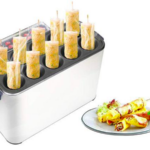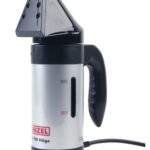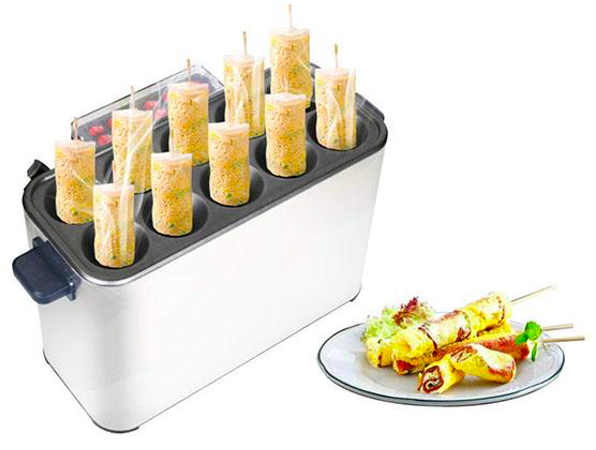Types of coal for heating a house: what is it, which is better for the boiler
Heating a home is an important aspect of ensuring comfortable living conditions during the cold season. One common heating option is the use of coal. There are many types of coal for heating, and the specific type you choose may depend on various factors, including heating efficiency, cost and availability.
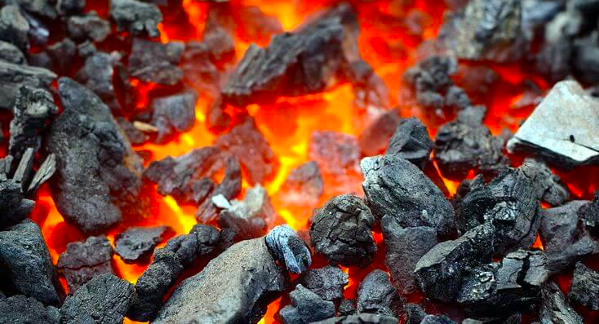
The content of the article
Types of coal
Different grades of heating coal have their own characteristics that make them more or less suitable for use in home boiler rooms.
- Coal for heating: This type of coal is characterized by high heat transfer and long burning. It is ideal for creating a sustainable and long-lasting heat source.
- Anthracite: This is the best grade coal with a high level of carbon, which provides high heat transfer and less smoke and ash during combustion.
- Brown coal: It has lower heat output compared to coal and anthracite, but is a more affordable option.
Studying the properties of each type of coal will help you determine which coal is best for heating in your particular case.
The optimal choice of coal for a boiler room
When choosing coal for a boiler room, it is important to consider several factors.For example, anthracite and hard coal are generally considered preferable for home heating due to their high coal heat output and efficiency. However, cost and availability also play a role, and in some regions lignite may be a more affordable option.
Determining which coal is best for a boiler may depend on the boiler model and its characteristics. Some boilers are designed to burn certain types of coal, and using unsuitable coal may result in reduced heating efficiency or damage to the boiler.
How to prepare coal for a boiler room
Producing coal for the boiler house is an important process. It requires careful planning and execution. The first step is to determine the coal requirement. First you need to calculate how much coal you will need for heating for the upcoming heating season. To do this, consider the following parameters:
- the size of your home;
- the efficiency of your heating system;
- climate in your region.
Then move on to choosing a supplier. Look for a reliable coal supplier by checking reviews and recommendations from other consumers. Make sure that the supplier you choose can offer the type of coal you need and deliver it at a time that suits you.
After choosing a supplier, proceed to the ordering and delivery stage. Place an order for coal from your chosen supplier and arrange delivery. If possible, arrange for delivery directly to your boiler room for easy unloading. Once the coal has been delivered, proceed to the storage stage. Coal should be stored in a dry and closed area. This will prevent it from getting wet and protect it from adverse weather conditions.Make sure you have enough space to store all the coal you order.
The last stage is the preparation of the boiler room and monitoring of coal reserves. Before you start using coal, make sure your boiler room is clean and ready to go. Check that all systems are functioning correctly. And if necessary, carry out boiler maintenance. Observe all necessary safety precautions, especially when working with coal and boiler room equipment. Check your coal stock levels regularly. Place additional orders to avoid unexpected stock runs out mid-heating season. Planning and organizing your charcoal stockpile ahead of time will help ensure that your home is heated smoothly and efficiently during the colder months.
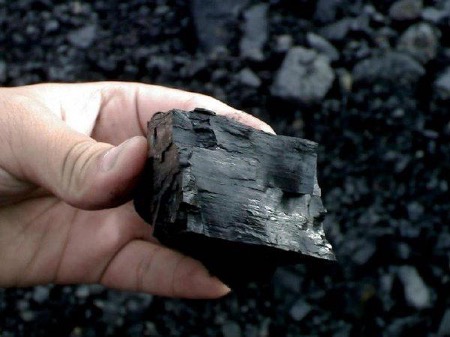
Which coal should not be used for heating?
There are certain types of coal that are not recommended for home heating due to their characteristics and possible health and environmental impacts.
- Bituminous coal is known for its high sulfur content. Its presence can lead to the release of sulfur dioxide during combustion. Sulfur dioxide is harmful to human health. It can cause respiratory problems. In addition, burning bituminous coal can lead to the formation of acid rain. This, in turn, negatively affects the environment.
- Linite has low heat transfer and high moisture content. This makes it less efficient for heating. In addition, like bituminous coal, linite can contain sulfur, which leads to similar problems with the release of harmful gases.
- Coal, which contains various impurities and pollutants, is also not recommended for heating.These impurities can include various chemicals that can be harmful when burned.
- Using waste coal or coal slag can be dangerous because these materials may contain heavy metals and other harmful substances.
Before choosing coal to heat your home, it is important to do thorough research and possibly consult with heating experts to ensure the type of coal you choose is safe and effective.
Calculation of coal requirements
Heating with coal in a private home requires understanding how much coal is needed for the winter. Calculating coal needs may include an analysis of past heating seasons, home size and temperature preferences.
- Duration of the heating season: Depending on the climate conditions in your area, the length of the heating season may vary, which will affect the total amount of coal needed for heating.
- Heating system efficiency: The efficiency of your heating system will also affect your coal consumption. More efficient systems will use less coal to maintain a comfortable temperature.
Assessing how long coal will last and how much coal you need to heat your home will help you plan your coal purchase correctly and avoid unexpected problems during the cold season.

